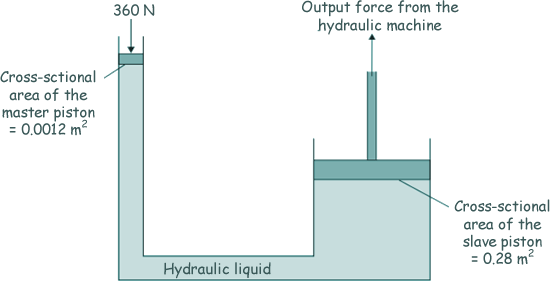GCSE Questions: Moments and Centre of Gravity
Q11. Before a new bus can be used on the roads, it must pass a stability test.
The diagram shows how the bus is tested.

(a)
(i) The bus will topple over if the ramp is tilted at too great an angle.
Explain why.
As long as the line of action of the weight of the bus lies within the base of the bus  the bus will not topple as the moment from its force is clockwise. But if the angle is increased so that the weight arrow moves past the pivot point, there would be a resultant anticlockwise moment
the bus will not topple as the moment from its force is clockwise. But if the angle is increased so that the weight arrow moves past the pivot point, there would be a resultant anticlockwise moment  acting on the bus and it would topple over.
acting on the bus and it would topple over.
[2 marks]
(ii) The bus is tested to angles of tilt far greater than it would experience in normal use.
Suggest two reasons why.
In normal use the centre of mass may be in a different position as the distribution of passengers on the bus may affect the position of the centre of mass. 
Buses should always be tested beyond the normal operating conditions/parameters so that safety from stability is ensured even if something unexpected happens. 
[2 marks]
(b) The following diagram shows the hydraulic machine that is used to make the ramp tilt.

The pressure applied to the hydraulic liquid at the master piston is the same as the pressure applied by the hydraulic liquid to the slave piston.
(i) State the property of the liquid that keeps the pressure at both pistons the same.
The liquid is incompressible - cannot be squashed. 
[1 mark]
(ii) A 360 N force acts on the master piston.
Use information from the diagram to calculate the force applied by the hydraulic liquid to the slave piston.
Pmaster = Pslave
Fmaster/Amaster = Fslave/Aslave
360/0.0012 = Fslave/0.28 
Fslave= 360 x 0.28/0.0012 
Fslave= 84,000N 
Fslave= 84 kN
[3 marks]
[8 Marks TOTAL]








